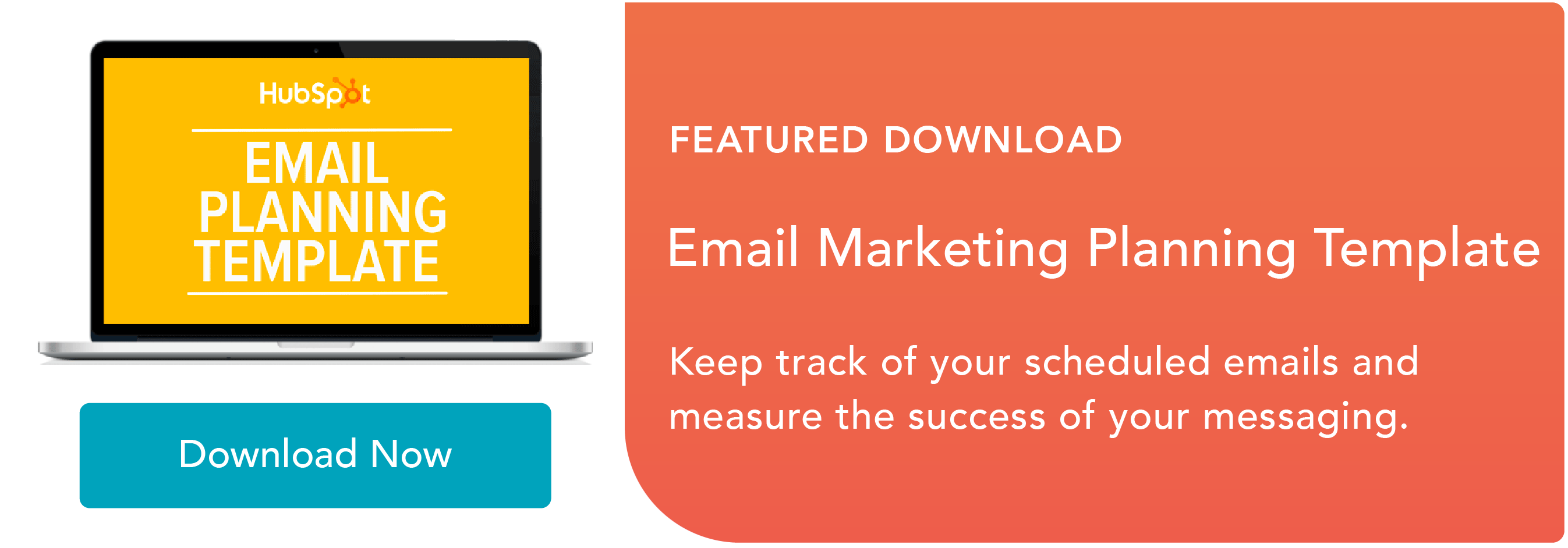Mastering email is an art form. But lucky for us, there are an endless number of tips and tools that we can use to avoid mishaps and unnecessary headaches that can come with this necessary evil.

So, if you’re stressing out over that past due client request or the typo in the recent email to your boss, wipe those tears and be prepared to take some notes.
8 Tips for Mastering Email Communication
1) Respond within 24 hours.
Whether it’s a quick response, or you need time to think it over, get in the habit of quickly responding to emails. A recent study by MailTime found that though 52% of people who send a work-related email expect a reply within 12-24 hours, nearly 60% wait at least two days to reply.
Need time to think of a response? No problem. Respond and let them know you’re aware of the request and are looking into it. Use a tool such as Gmail’s Boomerang to schedule the email to be sent back to you within a specific time frame so that you don't lose track of the need for a response.
2) Keep it short and sweet.
“The most valuable of all talents is that of never using two words when one will do." — Thomas Jefferson
One of our founding fathers said it more than 200 years ago, and I’ll say it again today. There are few exceptions to the rule that writing can’t be made better by making it shorter. If you have numerous requests that need to be addressed, use numbered lists to reduce the unnecessary verbiage and make it easier on the recipient when reading. Break up paragraphs, use styling elements, and even include images to make the text easier to read and take action.
Here's an example of an email reduced in length by 35% by using bullet points and numbered lists:


Source: Better Communications
3) Copy, paste, and repeat.
As an account manager by day and entrepreneur by night, I write a ridiculous amount of emails. Almost always, I used to find myself starting from scratch for emails such as client follow-ups, requests for meetings, client onboarding, etc.
And then I discovered Google’s canned responses.
In fact, Brian Balfour figured out how to save 520 hours per year by creating simple templates of his most frequent email types. The sooner you start using Google’s canned responses or similar email template tools, the sooner you’ll be on your way to gaining back those wasted hours.
4) Avoid poor spelling and grammar.
We’re only human, and spelling and grammar mistakes are bound to happen. But the truth is that these mistakes can be judged poorly by recipients -- even jeopardizing credibility and trust. Even more unsettling is that these people can be your clients, potential partners, or worse, your boss. The good news is that editing tools such as Grammarly help you avoid these minor mishaps by checking grammar and typos right from within your browser and email provider.
5) STOP YELLING!!!
All caps and exclamation points tell me one of two things: You’re either REALLY MAD or REALLY EXCITED. Unfortunately, this is easy to misconstrue when reading an email. So next time you send your boss a “HI!” or “THANK YOU!” ask yourself if the punctuation and format are doing the word’s job.
It’s never fun being on the receiving end of a misinterpreted email. For this reason alone, caps lock and exclamation points should be used sparingly to avoid causing your clients and team members unnecessary stress. If you still have questions about when to use the proper punctuation, refer to this flowchart.
6) Define the action items.
Have you ever spent 10 minutes trying to make sense of a lengthy email only to find yourself wondering, “So what am I supposed to do here?”
People are busy. They need to move fast and get more done as quickly as possible. Save people time by defining roles and responsibilities if you are communicating about a project over email. Clearly stating an individual’s action items will ensure that everyone knows who is doing what and by what date. From personal experience, I find that this works particularly well with group emails. Try bolding and clearly defining each of the action items at the bottom of an email.

Source: Better Communications
7) Be proactive.
Short conversations can quickly pile up an inbox with back and forth messages. When you’re sending or replying to an email, save yourself and your client's time by anticipating any questions or concerns your message may elicit. If you’re asking questions over email, supply all the necessary information to keep the back-and-forth conversation to a minimum. Tim Ferriss, author of The Four Hour Work Week, suggests using “if … then” statements to reduce this. For example, a meeting request with “Can we meet at 4:00?” would become “Can we meet at 4:00? If not, please advise three other time slots that work for you.” The idea is simple, but as Ferriss notes, it’s about turning it into a regular habit to reap the benefits of efficiency.
8) Have the last word.
Remember the lingo for CB radio communication? “Roger that," "copy," or "10-4.” The police and military have used these practices since the early '70s to acknowledge received messages. So why shouldn’t this same practice be used in modern-day business?
However you wish to say it, having the last word in an email tells the other recipients that you’ve received their message. Like I mentioned earlier, people sweat the small stuff, so don’t leave the sender waiting and wondering if you’ve received and understood his message. Whether it’s a “received” confirmation for an attachment or writing a response such as “it’s my pleasure” or “thank you,” have the last word. Practicing this habit keeps everything in check, re-assuring the client that you’re on top of it.
Email Marketing

